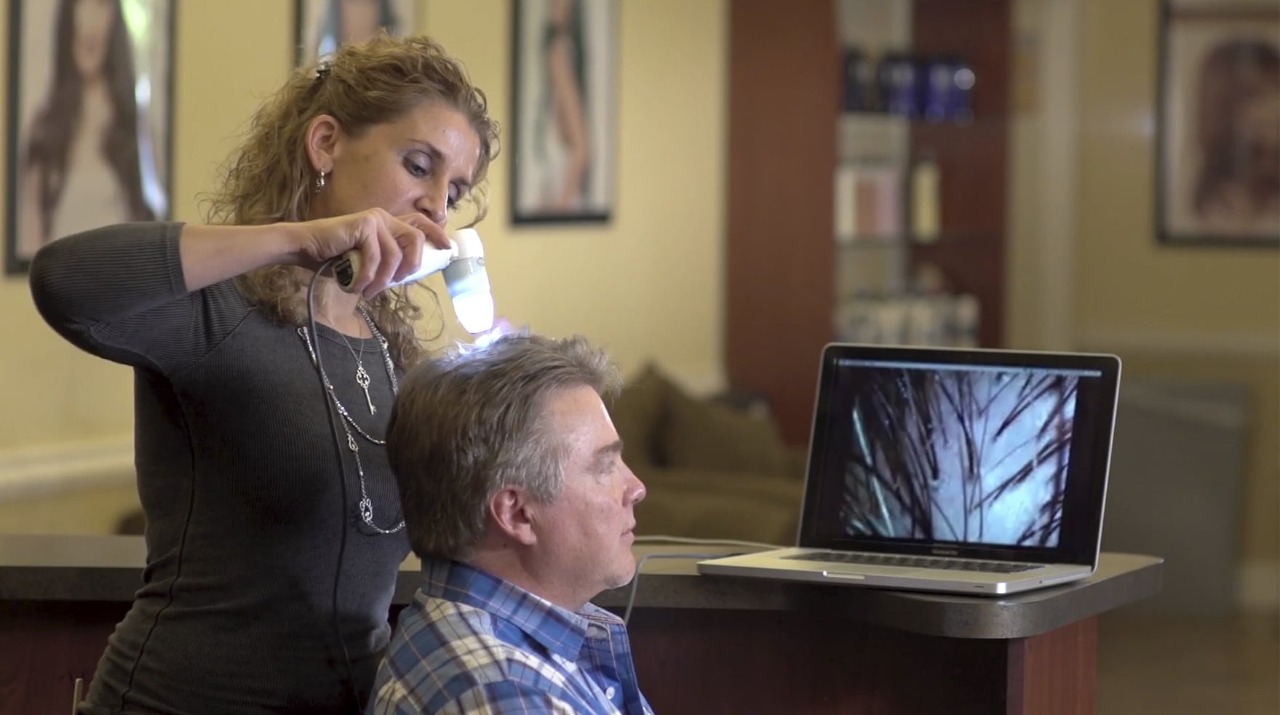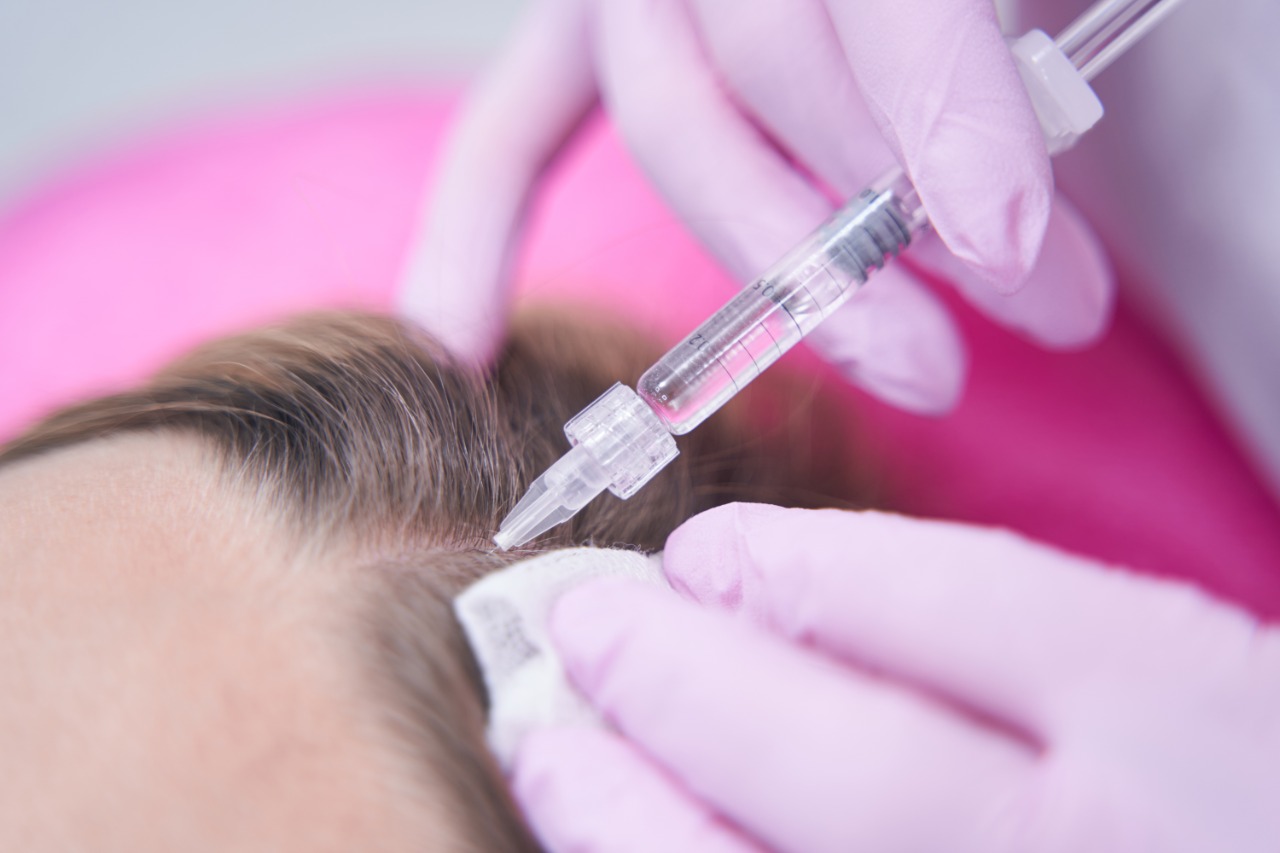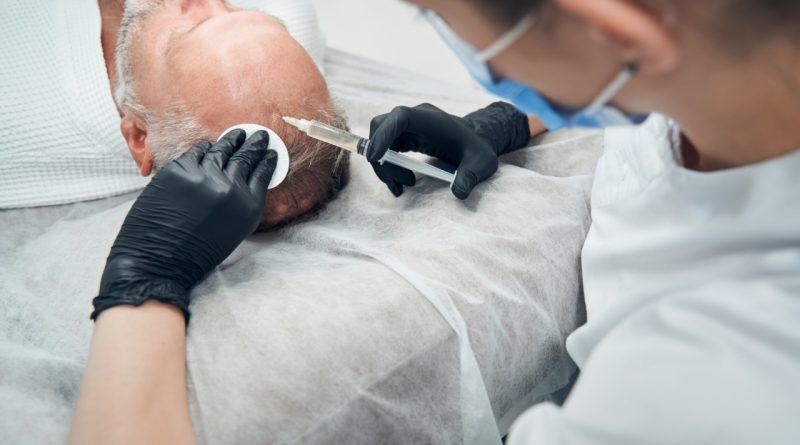Restore Your Hair
There is a very good reason why the hair on your head is called ‘crowning glory’. A glorious mane of hair can enhance one’s personality, make you stand out among the crowd, and build your self-confidence like nothing else can…
But not everyone is blessed with ever-growing hair. For many reasons, be they hormonal, medicine-induced, lifestyle and cosmetic treatments, or other health issues, many begin to lose hair even in their late twenties these days. Surveys have shown that diet, hair treatments for fashion, stress can all become potential reasons why millennials staring at male pattern baldness an early age.This affect’s one’s self-esteem and attitude to life, and young men begin to despair their looks. But these days, thanks to medical advancements, one does not have to despair lost hair for long! Hair transplantation is now a minimally invasive procedure.
Hair transplantation is a surgical technique that removes hair follicles from one part of the body, called the donor site, to a bald or balding part of the body known as the recipient site…

The technique is primarily used to treat male pattern baldness. For successful hair transplants, grafts must survive and adapt to new areas where they are transplanted. Clinical studies show that about 85-95% of all implanted grafts easily grow in the transplanted area. This high percentage indicates that hair transplants are generally very successful. A hair transplant can last a lifetime.
What is hair transplantation?
Dr Amrendra Kumar, a well known dermatologist, hair transplant surgeon and director, Dermaclinix), said, “It is a procedure that involves transfer of hair follicles (called grafts) from one part of the body (donor area) to the scalp where baldness has set in (recipient area). This procedure is mainly used to treat male pattern baldness – also called Androgenetic alopecia. This is the most common condition responsible for baldness in males which affects more than 80% of the male population. Hair transplantation is one of the most opted for procedure to get back a head full of hair, for someone affected with baldness. It’s a basic procedure that’s done under a local anaesthesia – where a hair from the donor area is grafted on to the bald scalp. The donor area is that part of the body that’s resistant to balding (such as the back and sides of the scalp, beard hair and at times, other body hair), and so, the transplanted hairs last a lifetime. This procedure is considered a generally very successful one as clinical studies have shown that about 85-95% of all implanted hair grows pretty soon in the transplanted area.”
According to Dr. Vijay Singhal, Senior Consultant Dermatologist, hair transplantation, a surgical technique, allows the doctor to single out the permanent hair on the back of the patient’s head and use them as the transplanted hair to the bald spots. The hair at the back of our heads are permanent and do not suffer any damage through age, which is why these hair are chosen for the process. This procedure is quite similar to the technique wildly used in flora where a plant can be transferred from one place to another. The process allows the patient to have normal hair like before, which can be shaved, cut, trimmed, coloured or anything they wished.
It’s for both men and women
Usually, this is a process that helps those men with male pattern baldness. However, this procedure can also be used to restore hair in female pattern hair loss, eyebrows or eyelashes hair restoration, beard hair restoration and even, in some cases of hair loss due to surgery or trauma.Natural hairsgrow in groups called follicular units (number of hairs vary from 1-4). Today, modern hair transplantation techniques can reproduce the exact natural growth pattern of hair by transferring complete hair follicular units to the scalp. The result? Ahead full of very natural-looking hair that mimics the natural orientation of the hair follicles.

The procedure: Pre-operative assessment and planning
Like for every cosmetic procedure, a pre-operative assessment and planning is done at the first consultation with the patient. Even though it’s considered a fairly successful procedure, hair transplant results vary from person to person depending on many factors.This is what the dermatologist/surgeon assesses during the first consultation. They analyse the following things:
The first and the foremost is the condition of the scalp – is it normal, does it have issues such as atrophy or thinning of skin, dandruff… conditions that may affect the result
Cause of baldness – whether it’s androgenetic alopecia, or some other type of baldness
Trichoscopic analysis – to diagnose the root cause of baldness, check hair thickness, and hair density of donor area
Recipient area assessment – number of grafts needed to cover the baldness
Donor area assessment – hair density, thickness of the hair in donor area. Also, whether the area is large enough to supply hairs for the number of grafts needed
Underlying medical conditions if any – such as hypertension, diabetes, etc, as they may affect the transplantation results
History of medications – to see if it may affect local anaesthesia or bleeding during surgery
Lifestyle – smoking habits, alcohol consumption, etc
The planning stage
Based on the pre-operative assessment, the actual transplantation is planned. The surgeonwill discuss the best approaches suited for the person undergoing the transplant charts outthe best method suited for that patient, among other things. The surgeon will also discuss…
The techniques of transplantation, the patient’s preferences
Results expected
Number of grafts required
The desired density versus expected density of transplanted hairs
The quality and nature of grafts and their impact on the results
Number of sessions needed
Post-operativeinstructions/medications
The procedure of transplantation
Hair transplantations are outpatient procedures done under local anaesthesia.Pre-operative medications may include antibiotics, along with shampooing of scalp, sterilisation of the area. After that, the procedure follows the following steps:
• Extraction: This is usually done using the Follicular Unit Transplantation (FUT or strip method) or Follicular Unit Excision/extraction method(FUE). A lot depends on the surgeon’s experience here – in the strip method, a chunk of skin with hair is sliced out from the donor area and the hairs in the strip are separated and transplanted.This process always leaves a scar. In FUE method, the follicular units are extracted directly. This method is best for extracting hairs from scalp, beard or other body parts. Scars are minimal.
• Recipient area designing: The surgeon creates multiple holes in a calculated manner – these slits must be perfect otherwise grafts may look unnatural.
• Implantation: The extracted hairsis implanted, usually done by the technicians using extreme caution not to damage the hairs.
• Dressing: Usually of the donor area after the transplant
What happens after the transplantation?
One of the biggest things here is not to worry when the transplanted hairs begin to fall off. It is a natural part of the process. The hairswill begin to grow after three months, and will gradually increase in density. It will take nine to 12 months on an average for the full head of hair to grow back.
Possible complications/side effects
Universally, hair transplantation is very safe and can be performed even on children and aged persons. However, sometimes a few adverse effects can be seen, though long-term complications are exceedingly rare. Complications may include pain, or excessive bleeding and are usually manageable. Immediate post-operative complications may include pain, swelling on face, infection and itching. These complications need close monitoring – and are easily addressed.
A word of caution here: FUT and FUE complications can turn ugly sometimes, therefore it is advised that one always goes to certified, reputed surgeons with many years of experience.

